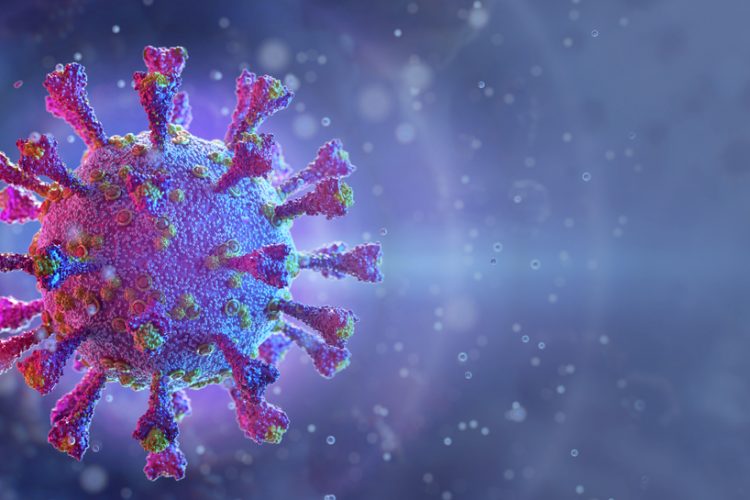Pathogens exert physical force to avoid ingestion within phagocytes
Posted: 7 December 2023 | Drug Target Review | No comments yet
A previously unknown process by which pathogens breach immune defences offers promise for treating infectious diseases.


Researchers from Indiana University have found a previously unknown process by which pathogens enter a cell with physical force, breaching the body’s immune defences that prevent infection. This new understanding will potentially revolutionise the fight against intracellular pathogens responsible for causing infectious diseases, like tuberculosis, malaria, and chlamydia. These diseases are notoriously challenging to treat because the pathogens are protected inside host cells.
This work suggests that targeting the motility of pathogens may be a new way to combat infection inside cells.”
The study’s lead author Dr Yan Yu, Professor in the College of Arts and Sciences’ Department of Chemistry at IU Bloomington, explained: “Using the parasite Toxoplasma as our representative pathogen, our work shows that some intracellular pathogens can apply physical forces during their entry into host cells, which then allow the pathogens to evade degradation and to survive intracellularly…This work suggests that targeting the motility of pathogens may be a new way to combat infection inside cells.”
Usually, phagocytes, a type of white blood cell responsible for destroying bacteria, viruses, and other types of foreign particles, catch and ingest an invading pathogen. It is widely thought that if pathogens escape this process, they must release a substance to paralyse the degradative machineries in the cell. However, Yu’s study refutes this common belief.
Biomarkers aren’t just supporting drug discovery – they’re driving it
FREE market report
From smarter trials to faster insights, this report unpacks the science, strategy and real-world impact behind the next generation of precision therapies.
What you’ll unlock:
- How biomarkers are guiding dose selection and early efficacy decisions in complex trials
- Why multi-omics, liquid biopsy and digital tools are redefining the discovery process
- What makes lab data regulatory-ready and why alignment matters from day one
Explore how biomarkers are shaping early drug development
Access the full report – it’s free!
Yu and her collaborators have discovered that pathogens can avoid being ingested within the immune cell by exerting a propulsive force, which diverts them into vacuoles, a structure reserved for storage and digestion within a cell. Vacuoles lack the ability to break down these infiltrators.
Physical invasion
Yu and her colleagues introduced the disease-causing parasite Toxoplasma into mouse-derived cells to conduct the research, observing their behaviours through a fluorescence microscope. These live parasites forcefully entered and thrived within immune cells.
The next requirement was to determine whether the live parasite escapes the immune defence with unknown chemical substances, or simply through force. The team’s approach was to create inactivated parasites that cannot exert force or create chemical substances. Unlike live parasites, these inactivated ones were quickly degraded in the cell.
Tweezers were then used to push the inactivated parasite into the immune cell to mimic the forceful entry observed in live Toxoplasma. These inactivated parasites now evaded degradation, like its live counterpart. Yu said this suggests that the force of entry, not chemicals, explains the pathogen’s survival.
In the second experiment, to manipulate the movement of the parasite, the researchers had to develop the tweezer system with magnetic nanoparticles. They also collaborated with a team at the University of Tennessee to develop computational models to simulate the behaviour.
The researchers conducted the same experiments using yeast to confirm that the mechanism observed could also be found in other infectious agents, as well as Toxoplasma.
“This study elucidates the contribution of physical forces in immune evasion and underscores the importance of targeting pathogen movement to combat intracellular infections,” Yu concluded. “We’re hopeful this work may ultimately contribute to new efforts to fight a variety of infections that are harmful to human health.”
This study was published in Proceedings of the National Academy of Sciences.
Related conditions
Chlamydia, Malaria, Tuberculosis
Related organisations
Indiana University, University of Tennessee
Related people
Dr Yan Yu (IU Bloomington)



